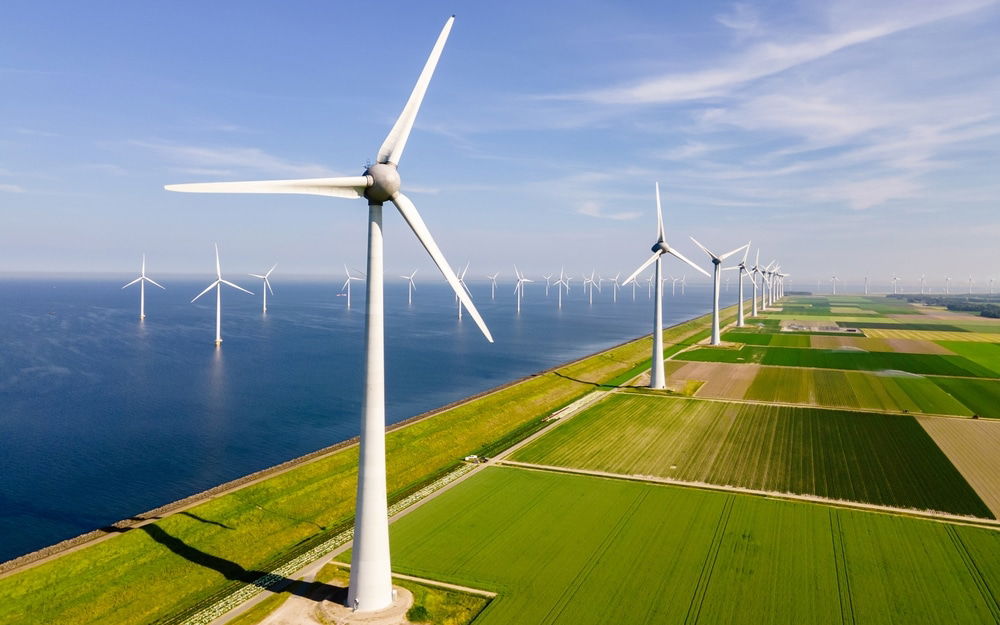Sweden Short-Term Wind Capacity Forecast
According to the Swedish Wind Energy Association (SWEA), over 100 GW of offshore wind projects are currently in various stages of development. Of this capacity, around 2 GW have already received permits, 52 GW are in the permitting process, and another 46 GW are under consultation. Most of these projects are in the southern part of Sweden where the demand for renewable energy is particularly high.
Despite the promising numbers, the lack of a coherent planning system is causing delays and raising concerns among developers. One key question is how to handle ongoing projects if the system changes.
A Unique Open-Door Planning System
Unlike its Nordic neighbors, Sweden employs an open-door planning system that allows developers to propose projects and push them through the permitting process independently. This system has given developers the flexibility to move forward quickly.
However, the lack of a structured allocation system has led to several complications. Many proposed projects overlap geographically, creating confusion and inefficiencies. To address this, Sweden’s climate ministry commissioned a report in March 2023 to develop recommendations for a more structured spatial planning system.
The report, expected in November, will propose new strategies to streamline the permitting process and provide greater clarity for developers.
Magnus Hermansson, a senior judge at the Land and Environment Court in Nacka, Sweden, was responsible for preparing these recommendations. His team has explored best practices from neighboring European countries such as Denmark, Finland, Germany, and the UK—countries with well-established offshore wind markets and government-managed seabed allocation systems.
Their approach seeks to balance the demands of various stakeholders, including defense, fishing industries, and local municipalities.
Many developers, like Swedish firm OX2 AB, advocate for a system that preserves the progress already made while introducing a more structured approach moving forward.
The Need for Financial Incentives
Fixing Sweden’s planning and seabed allocation systems is only part of the equation. The country also needs to address the financial viability of offshore wind investments.
In many European countries, governments provide revenue stabilization mechanisms, such as contracts for differences, or cover the cost of grid connections. These measures are critical for encouraging investment.
Sweden’s lack of similar incentives has already had an impact. In September 2023, Vattenfall shelved its plans for the Kriegers Flak offshore wind farm due to inadequate funding for grid connections. The Swedish government has not yet introduced any plans to offer such financial support for offshore wind projects. This issue is compounded by the Swedish government’s focus on nuclear energy.
In 2023, the government proposed building 10 new nuclear reactors and introduced a financing model that involves state loans and a minimum return on equity for investors. Critics argue that this heavy focus on nuclear energy could reduce the need for offshore wind and divert financial resources away from renewable projects.
Experts warned that excessive investment in nuclear energy could drive up electricity prices and make Sweden less competitive in energy-intensive industries.
Onshore Wind Development: A Step Forward
While the future of offshore wind in Sweden remains uncertain, the government is taking steps to encourage onshore wind development. A policy introduced in September 2023 allocates over 1 billion kronor (over US$97 billion) to local municipalities that accept new onshore wind projects.
The incentive could accelerate the approval process for onshore wind farms and could serve as a model for similar support for offshore wind in the future.
According to renewable energy expert Alon Carmel from PA Consulting, extending similar incentives to offshore wind would be a positive development and help restore investor confidence in the sector.
As Sweden looks to double its power consumption by 2045 through clean energy projects, balancing investments between nuclear and wind energy will be crucial for its net-zero ambition.
Source link : https://carboncredits.com/swedens-100-gw-offshore-wind-power-ambition-unlocking-a-renewable-energy-powerhouse/
Author :
Publish date : 2024-10-03 15:35:48
Copyright for syndicated content belongs to the linked Source.
